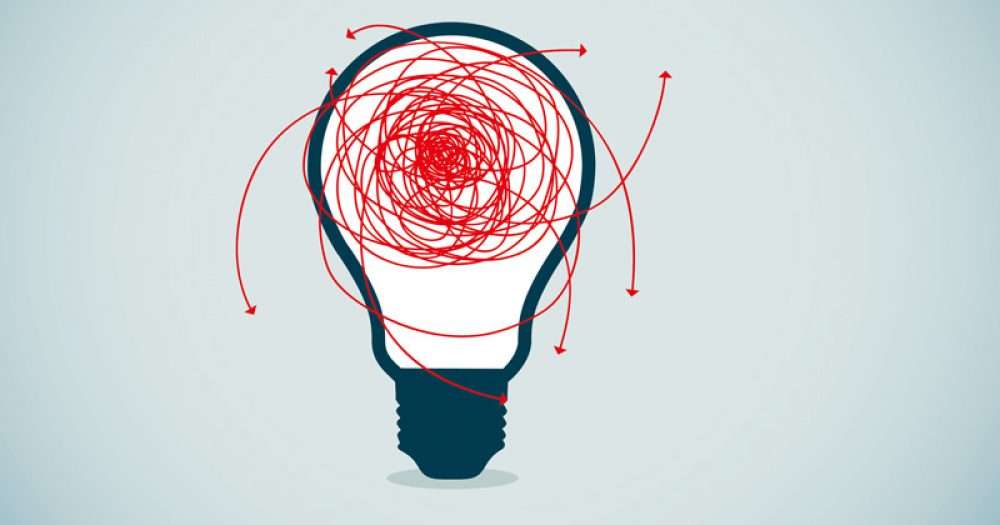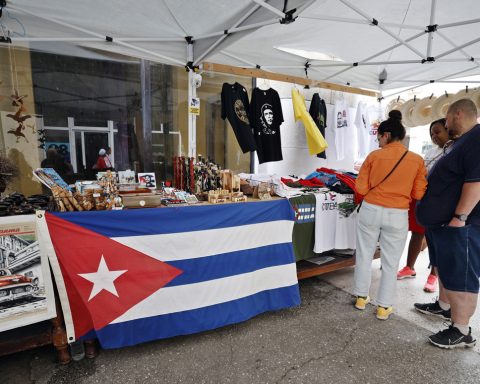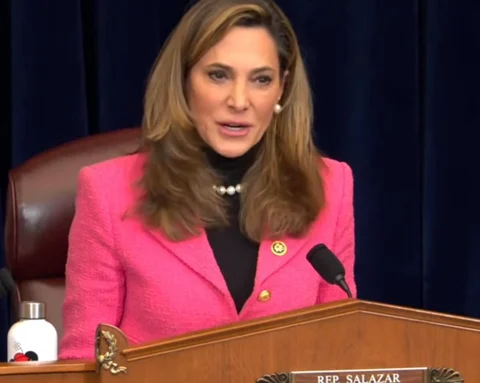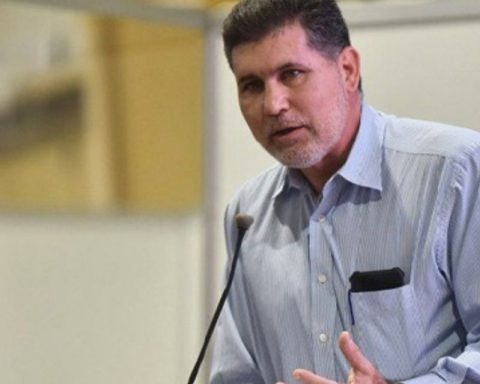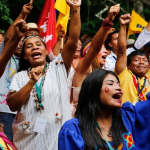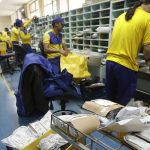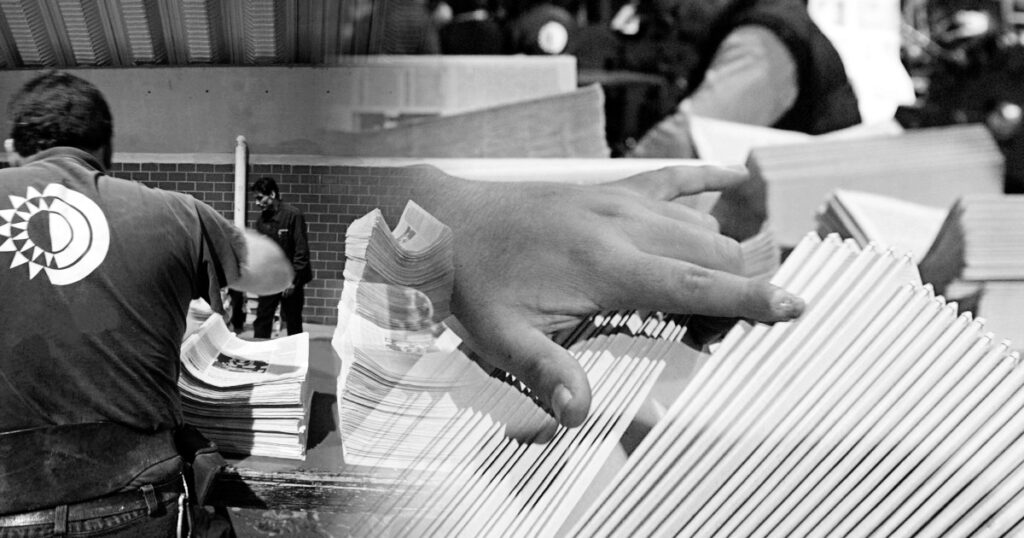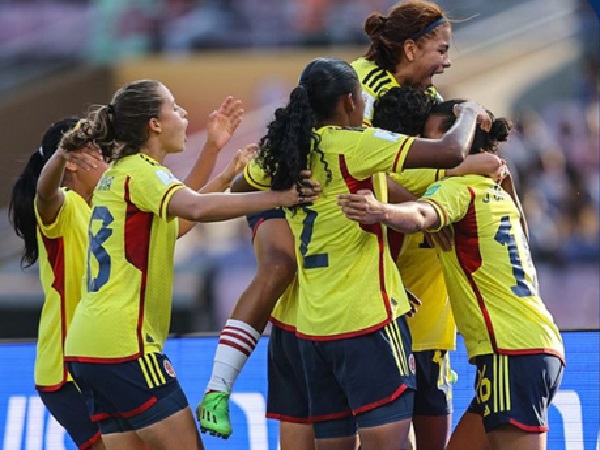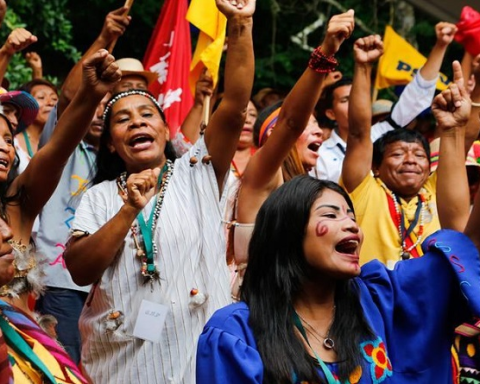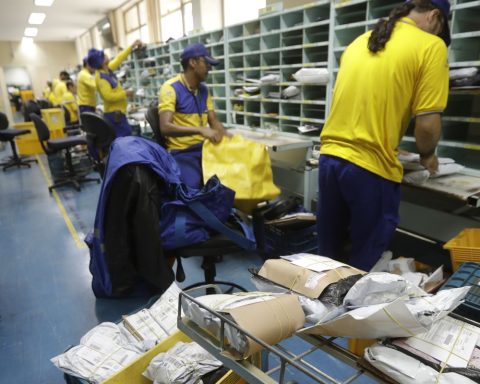Social movements, political and religious currents, international and non-governmental organizations, the media, social network groups, activists and all kinds of voices call for dialogue, reconciliation, understanding, and peace.
At the same time, revived and new fundamentalisms, conservative booms and radicalisms of various colors, extremisms that seemed extinct, become visible in votes, election results, editorials, public letters, surveys, declarations, manifestos, blogs.
Although such demonstrations are not, for the most part, unprecedented, their convergence and escalation in recent years, before and after the pandemic, mark something different. They could be taken as ebullitions typical of a time of change. But also as signs of a change of era.
Time of crisis or crisis of time
I am not going to infer to the reader a philosophical discourse, nor a melancholic meditation on the decadence of a golden age where we lived together in equality, peace and love. I want to refer to the polarized and contradictory social, cultural and political landscape that we are going through, its global environment and some Cuban peculiarities.
Visible, let’s say, in very close votes between polar currents, as has happened in the US, Uruguay, Peru, Ecuador, Chile, Colombia; and right now in the minimum margin that separates Lula from Bolsonaro in the electoral campaign in Brazil. In conservative governments, like the UK and even Sweden; and in the rise of the right in the very recent elections in France and Italy. Within the European space itself, to a Ukrainian conflict rooted in the rise of its extreme right, and an internal war that lasted almost ten years, prior to the Russian invasion.
This is nothing more than a shock Come in civilizations, as Samuel Huntington advocated a couple of decades ago, but within one civilization; or of civilizations that recognize themselves culturally in the same mirror.
If we take a step back, we can see our present as history, inextricable from a past, that of the post-cold war, and its turbulent legacy, which should be rescued from the mist of yesterday.
This moment was then baptized as unipolar world, drawing attention to the disappearance of the USSR, and the emerging bipolar international system of World War II. It was obvious that the US was the outstanding military power, but it also became clear that its ability to hegemonize that new world order, as they called him, was getting smaller and smaller.
Measured in strategic terms, not in terms of the number of nuclear missiles and military bases (as was the case in the Cold War), but of simultaneous conflicts, with different roots and casts of different actors, this world has become much more complex and multipolar, and considerably more difficult to hegemonize or dominate.
When we Cubans took the first steps, or stumbles, in the crisis of the Special Period, in addition to the debacle of real socialism in Eastern Europe, the endless armed conflict in the Balkans was unleashed, followed by wars in former Soviet republics ( Chechnya, Abkhazia, South Ossetia); the first war in the Persian Gulf, against Iraq (1990-91), the conflict in Afghanistan after the withdrawal of USSR forces (1989).
This first stage, which some judged to be an adjustment to the new orderwas followed by a proliferation of “regional” conflicts, which have been less and less so, in the sense of encompassing arenas and actors beyond their borders of origin, as demonstrated after September 11, 2001. The character of the new security challenge posed by «the question of terrorism», as well as the wars in Afghanistan, Iraq, Syria, are clear examples of this multifocality that is unfathomable for a superpower, no matter how great it may be.
The Ukrainian conflict, catapulted by the Russian intervention and its escalation, is the perfect example of a local war that is more than that, with much greater and unpredictable international effects than that of Vietnam in the middle of the Cold War.
That look at the recent past and its polarities is ok, the reader will say, but what does it have to do with Cuba?
The Cuban Labyrinth
The image of children’s drawings, an island with waves everywhere, and people with suitcases leaving on planes, has the defect of seeing it disconnected from the rest of the world. That half-childish representation, which spreads on the networks and extends to publications dedicated to “political research and analysis,” contains, as in a walnut, the labyrinthine condition —and the confusion— that I mentioned at the beginning.
Of course we are experiencing a deep economic depression, inseparable from this context. But not so much as a crisis of disorientation, caused by changes in society and political culture, aggravated by ineffective (and sometimes counterproductive) policies to deal with those changes. In this circumstance, the intellectual left does not always fulfill its role of elucidating the situation, and sometimes contributes to clouding it, more capable of adopting a position of condemnation or praise than of analyzing what is happening.
In a previous series, dedicated to the intellectual left, pointed out that the debates between its currents from the 1960s until not long ago took place in the ideological environment of orthodoxy and heterodoxy, or to use the language of yesteryear, between “dogmatists” and “liberals”. .» The “dogmatists” saw the “liberals” as “well-meaning, but misguided.” The “liberals” saw the “dogmatists” as “the right wing of revolutionary politics.” Just in case, I clarify once again that “the liberals” were called: Alfredo Guevara, Fernando Martínez Heredia, Juan Valdés Paz, Aurelio Alonso, Hugo Azcuy; and that “the dogmatists” were Humberto Pérez, Mirta Aguirre, Lionel Soto, Eduardo del Llano. Their confrontation had a clear ideological and conceptual nature, although not the character of a political polarity.
According to an interesting text recent book by Mario Valdés Navia published in La Joven Cuba dedicated to the theme of polarity, «the main mechanism of formation [de los extremismos] It is the so-called radicalization process, which can give rise to positions that range from ideological dogmatism to terrorism in its different manifestations, both that practiced by the State and that of groups and organizations that advocate the use of violence to achieve their political ends. .»
By the way, I want to add that the “dogmatists” and “liberals” I named earlier would not have been offended if they were called radicals, because for them radical did not mean or imply the condition of being an extremist. Nor would they have shared the idea that a deformation in the national culture, “after January 1, 1959,” was that expressed in the revolution/counterrevolution polarity, nor that it was in itself an expression of that “extremism,” nor equivalent to «labels and adjectives.»
Instead, as I noted before, now there is a left that, in contrast to before, takes an anti-CCP and anti-government position. That is to say, that 90% of what it produces is equivalent to an alignment against the State and the Party; and perhaps 10% to disapprove of those who ask the US not to “oxygenize the Castro regime” by sending humanitarian aid. Such a sideways criticism of the embargo, which reaches the point of relieving the executive power of responsibility for its maintenance, with the file that US economic sanctions can only be dismantled by Congress —ignoring how many holes could be made in that wall without Congress having to vote on them, during Obama’s 25 months.
I fully agree with Harold Cárdenas who in a recent article, he stated that there is a block of publications “critical of the other ideological shore, but careful not to point out faults in their own yard.” I believe it so much that on several occasions I have commented on it with editors and counselors of some of those publications, of both signs. I do not mention their names here because I prefer to discuss reasons and arguments, not about people. And because my humble experience makes me trust face-to-face dialogue and exchange more than public venues that serve to vent resentment and catharsis, foment rancor and polarity, instead of seriously cultivating debate and defusing extremism .
The labyrinthine condition of this debate, often closer to boxing, especially for external observers, but also for those who are not in their inside, comes above all from intertwining with positions considered exclusive: defending dialogue and empathy, while writing angry editorials and public letters full of insults; hoist the banner of national unity, and condemn those who share their own ranks with worse anathemas than the enemies in front.
Although this superimposition of contradictory attitudes and logics, of calls for reason and moderation mixed with the disqualification and challenge of the other, constitutes a true palimpsest, this does not make it less interesting and motley.
Those who depreciate this debate of ours, affirming that the “totalitarian and undisputed power” of the system leaves those who question its decisions with the only alternative of social protest, not only flatly justify them all without distinction, but also flatten and turn into junk the content and meaning of our debates, and the space conquered in the public sphere.
Paraphrasing José Martí, an almost endless reservoir of ideas and expressions abused by Tyrians and Trojans, it could be said that our debate, “like banana wine, is ours” —even when it very often turns out to be “sour.”
